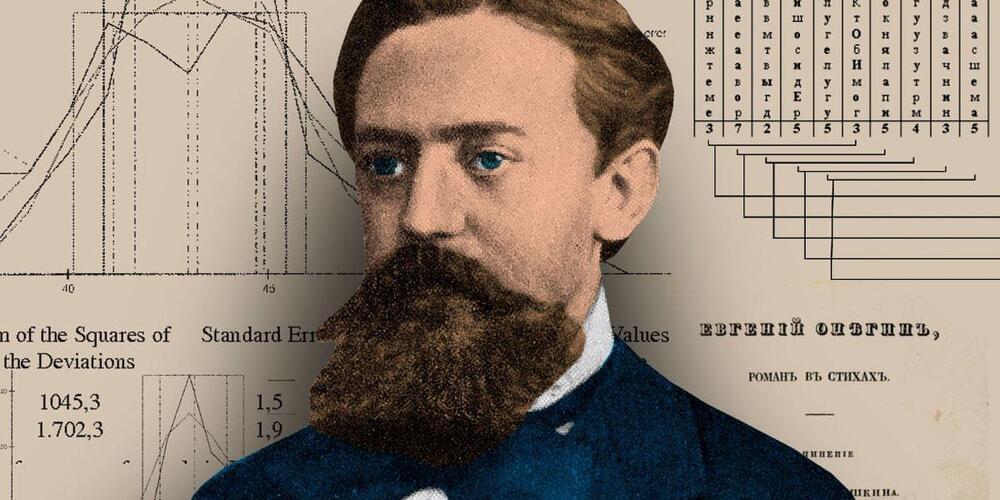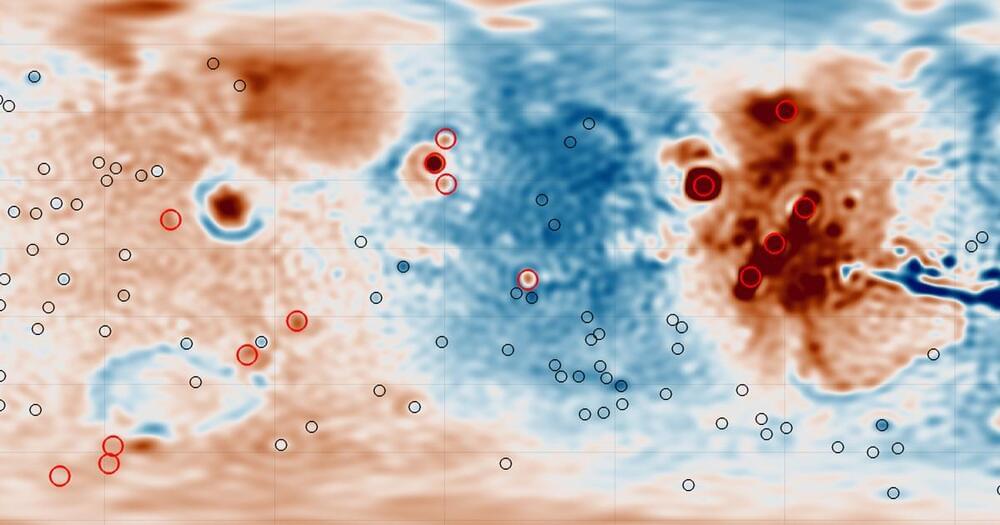Page 255
Sep 17, 2024
Andrey Markov & Claude Shannon Counted Letters to Build the First Language-Generation Models
Posted by Cecile G. Tamura in category: robotics/AI
The first language model was invented over 110+ years ago by Andrey Markov of the Markov Chain fame.
#AI #LLM
Shannon’s said: “OCRO HLI RGWR NMIELWIS”
Sep 17, 2024
How to see math like art, so you can appreciate it fully | Talithia Williams
Posted by Jose Ruben Rodriguez Fuentes in categories: mathematics, media & arts
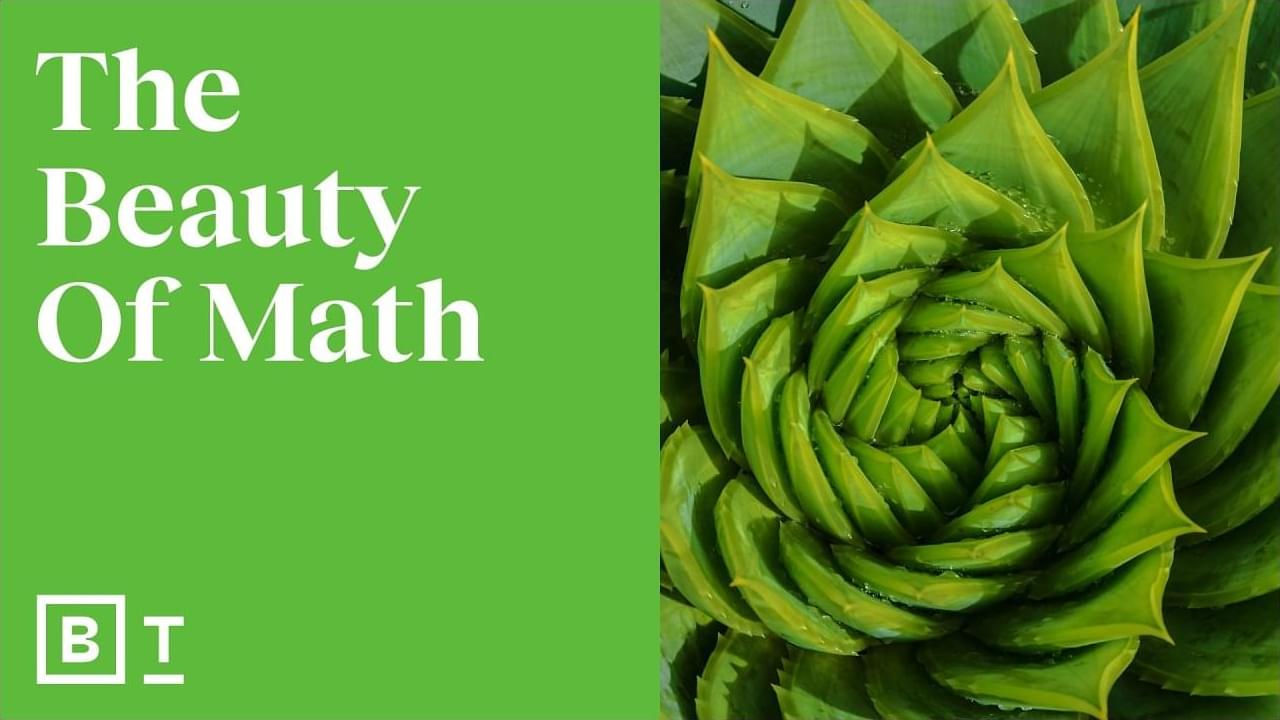
Enjoy the videos and music you love, upload original content, and share it all with friends, family, and the world on YouTube.
Sep 17, 2024
What if everything you thought about coding was wrong?
Posted by Shailesh Prasad in categories: business, government, robotics/AI
Jensen Huang, Nvidia’s visionary CEO, challenges a long-held belief about the future of programming. While everyone has been saying it’s crucial to learn coding, Huang turns that idea on its head. With the rise of AI, we are ALL programmers now – without ever writing a line of code.
The real miracle is here: artificial intelligence. It has closed the gap between humans and technology, making complex computing accessible to all. Whether you’re a professional or someone just dipping their toes into the world of tech, AI is now in your hands. Are you going to let this chance slip by? The time to act is now! 🌍🤖
The technology divide is no more. Every government, industry, and business is investing in AI. Will you get on board, or be left in the dust?
Sep 17, 2024
Using sunlight to turn two greenhouse gases into valuable chemicals
Posted by Dan Breeden in categories: chemistry, climatology, sustainability
McGill University researchers have harnessed the power of sunlight to transform two of the most harmful greenhouse gases into valuable chemicals. The discovery could help combat climate change and provide a more sustainable way to produce certain industrial products.
“Imagine a world where the exhaust from your car or emissions from a factory could be transformed, with the help of sunlight, into clean fuel for vehicles, the building blocks for everyday plastics, and energy stored in batteries,” said co-first author Hui Su, a Postdoctoral Fellow in McGill’s Department of Chemistry. “That’s precisely the kind of transformation this new chemical process enables.”
The research team’s new light-driven chemical process converts methane and carbon dioxide into green methanol and carbon monoxide in one reaction. Both products are highly valued in the chemical and energy sectors, the researchers said.
Sep 17, 2024
Boeing Execs Have Been Suspiciously Quiet Ever Since Starliner Limped Back to Earth
Posted by Kelvin Dafiaghor in category: space
Over the weekend, the aerospace giant’s Starliner softly touched down in the New Mexico desert, bookending a disastrous first crewed test flight.
But NASA astronauts Butch Wilmore and Suni Williams are still stranded on board the International Space Station after the space agency deemed Starliner too dangerous for their return.
And instead of trying to spin the landing into a victory, Boeing executives have been eerily quiet since. Two executives who were scheduled to speak at a post-landing press conference at NASA’s Johnson Space Center, seemingly decided last minute not to show up.
Sep 16, 2024
Gravity Mapping Detects Large Hidden Structures Under Surface of Mars
Posted by Quinn Sena in categories: government, mapping, space
A new analysis of Mars’ gravitational field has revealed hidden structures buried beneath the remains of an ancient ocean.
The work, which was presented this week at the Europlanetary Science Congress in Berlin, could add to a growing body of evidence that suggests the Red Planet may not be as geologically “dead,” or inactive, as once believed.
Overlaid with a thick and smooth layer of sediment which may have once been a seabed, the structures are significantly denser than their surroundings — though a more precise explanation of what they might be has so far eluded researchers.
Sep 16, 2024
Research suggests neurons protect and preserve certain information through a dedicated zone of stable synapses
Posted by Saúl Morales Rodriguéz in category: neuroscience
One of the brain’s most celebrated qualities is its adaptability. Changes to neural circuits, whose connections are continually adjusted as we experience and interact with the world, are key to how we learn. But to keep knowledge and memories intact, some parts of the circuitry must be resistant to this constant change.
“Brains have figured out how to navigate this landscape of balancing between stability and flexibility, so that you can have new learning and you can have lifelong memory,” says neuroscientist Mark Harnett, an investigator at MIT’s McGovern Institute for Brain Research.
In research published in Cell Reports, Harnett and his team show how individual neurons can contribute to both parts of this vital duality. By studying the synapses through which pyramidal neurons in the brain’s sensory cortex communicate, they have learned how the cells preserve their understanding of some of the world’s most fundamental features, while also maintaining the flexibility they need to adapt to a changing world.
Sep 16, 2024
Inspired by squids and octopi, a new screen stores and displays encrypted images without electronics
Posted by Saúl Morales Rodriguéz in categories: chemistry, computing, encryption, engineering
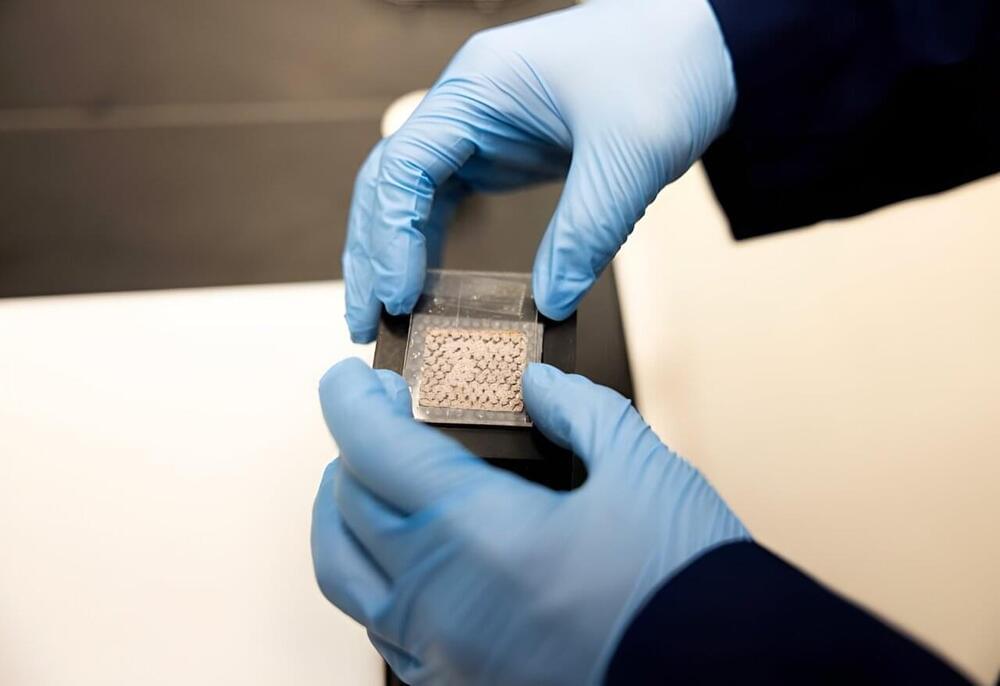
A flexible screen inspired in part by squid can store and display encrypted images like a computer—using magnetic fields rather than electronics. The research is reported in Advanced Materials by University of Michigan engineers.
“It’s one of the first times where mechanical materials use magnetic fields for system-level encryption, information processing and computing. And unlike some earlier mechanical computers, this device can wrap around your wrist,” said Joerg Lahann, the Wolfgang Pauli Collegiate Professor of Chemical Engineering and co-corresponding author of the study.
Sep 16, 2024
Novel framework allows for automated tuning of large-scale neuronal models
Posted by Saúl Morales Rodriguéz in categories: neuroscience, robotics/AI
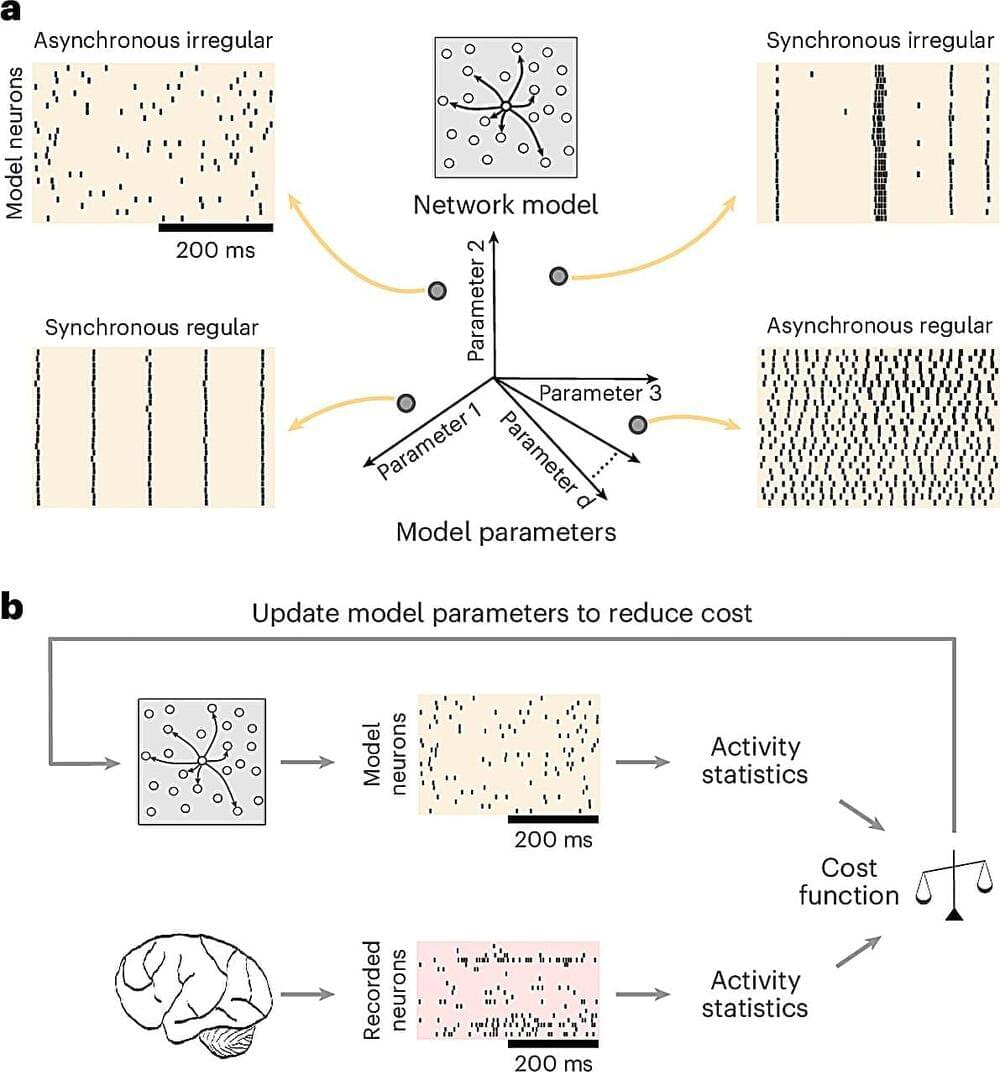
Developing large-scale neural network models that mimic the brain’s activity is a major goal in the field of computational neuroscience. Existing models that accurately reproduce aspects of brain activity are notoriously complex, and fine-tuning model parameters often requires significant time, intuition, and expertise.
New published research from an interdisciplinary group of researchers primarily based at Carnegie Mellon University and the University of Pittsburgh presents a novel solution to mitigate some of these challenges. The machine learning-driven framework, Spiking Network Optimization using Population Statistics (SNOPS), can quickly and accurately customize models that reproduce activity to mimic what’s observed in the brain.
Continue reading “Novel framework allows for automated tuning of large-scale neuronal models” »

